Agapanthus-how long to bloom from seed?
socal23
21 years ago
Related Stories

CONTAINER GARDENS8 Easy Container Plants to Grow From Seed
Get beautiful blooms and herbs in summer by starting these choice garden picks from seed in spring
Full Story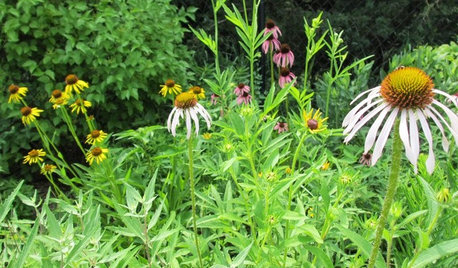
FLOWERSGet Coneflower Blooms All Summer Long
Plant these 5 native species to bring beauty to the garden — and pollen to the insects — from June through August
Full Story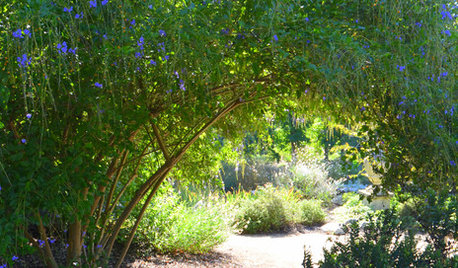
FLOWERS AND PLANTSHeat-Loving Duranta Erecta Blooms From Spring Into Early Fall
Golden dewdrops, a versatile tropical shrub, has delicate purple and white blossoms
Full Story
GARDENING GUIDESGreat Design Plant: Try Blue Bells for Blooms in Dry Soil
This shrub’s violet-blue flowers and silvery foliage brighten low-water gardens all year long
Full Story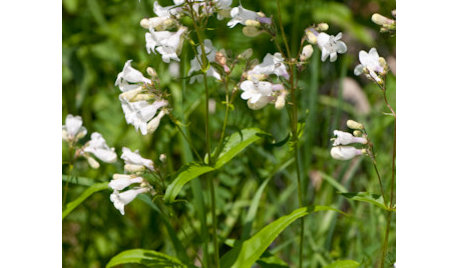
GARDENING GUIDESGreat Design Plant: Try Penstemon Digitalis for Showy White Blooms
Bees gather nectar from this North American native while you’ll appreciate its unthirsty nature and soil tolerance
Full Story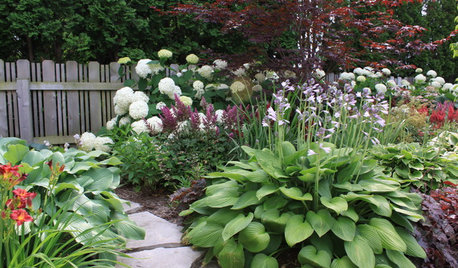
MOST POPULARSpring Gardens Are Blooming — Here’s What to Do in April
Get the guide you need for gardening in your U.S. region, with tasks, climate-appropriate plantings and more
Full Story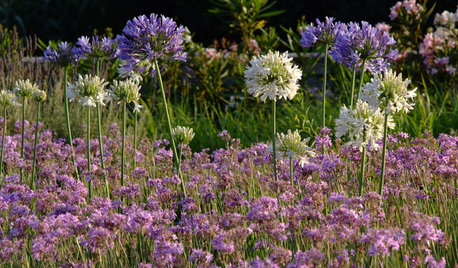
GARDENING GUIDESGlorious Purple Blooms Bring a Crowning Touch to Gardens
Royally beautiful but mingling well with the masses, plants with purple flowers or foliage are worthy of homage in any garden
Full Story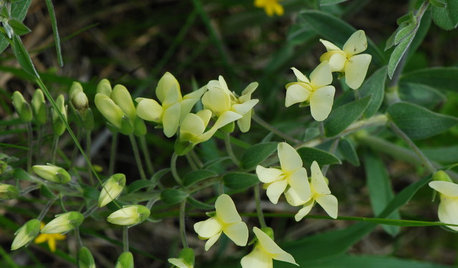
FLOWERS AND PLANTSPlant Baptisia Bracteata for Blooms Pollinators Will Love
Longbract wild indigo is great in dry soil, and its spring flowers attract butterflies and bumblebees
Full Story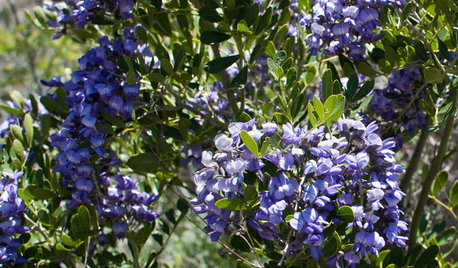
TREES6 Unsung Spring-Blooming Trees
Billowy blooms and rare fragrances will make you wonder how these flowering trees could ever have been underused in landscapes
Full Story
GARDENING GUIDESTop 12 Summer-Blooming Perennials for Deer-Resistant Drama
Can you have garden color, fragrance and exciting foliage with hungry deer afoot? These beauties say yes
Full Story





Modjadje
Waussie
Related Professionals
Middle River Landscape Architects & Landscape Designers · Burien Landscape Contractors · Dixon Landscape Contractors · Fort Myers Landscape Contractors · Fort Wayne Landscape Contractors · Midland Landscape Contractors · Pomona Landscape Contractors · Rosemount Landscape Contractors · Wallingford Landscape Contractors · San Pablo Landscape Contractors · Irving General Contractors · Olney General Contractors · Roseburg General Contractors · Rosemead General Contractors · Canyon Lake Stone, Pavers & ConcreteModjadje
socal23Original Author
Waussie
catkim
Waussie
socal23Original Author
socal23Original Author
debandjeremy
socal23Original Author
trancegemini_wa
janna143